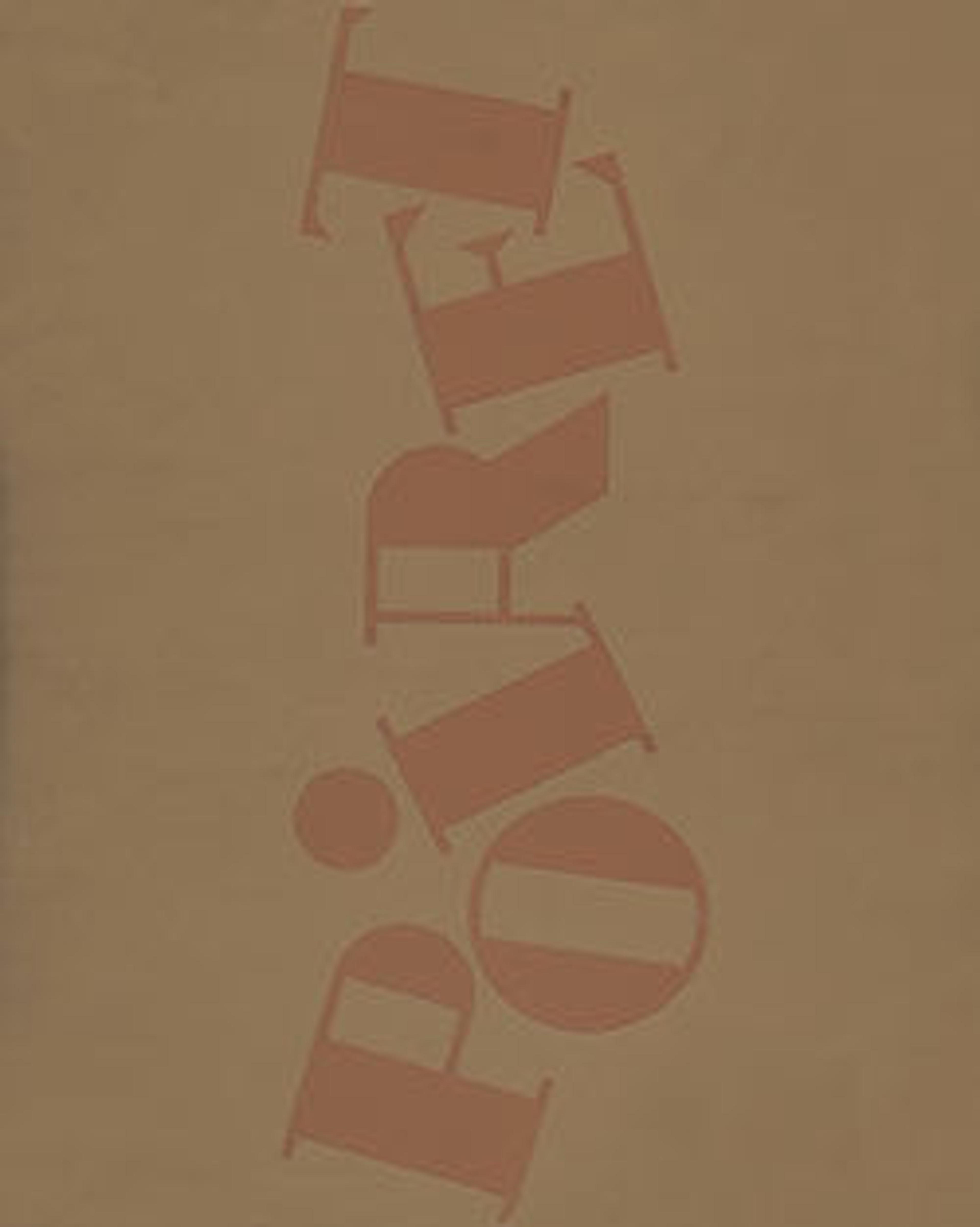Tunic
Denise Poiret's modernity was conveyed not only by her sometimes audacious self-presentation but also by her lithe, small-boned figure. Unlike the odalisques of the Belle Époque, her svelte gamine beauty conformed to a more active body type (one that did not require the assist of a corset), which was increasingly in evidence in the early twentieth century. In a personal photograph taken by Poiret, his wife, wearing this negligé, poses playfully swinging from a bedpost. Her body is slender but not angular. This characteristic is significant, for Poiret, during the 1920s and 1930s, was to repeat his disdain for the fashionable thinness advocated by such designers as Jean Patou and, especially, Coco Chanel. The Poiret ideal was slight but not bony, irrefutably feminine and never androgynous.
A freedom of spirit and a prioritization of comfort are equally expressed in this classical "tunic," one of two that the Metropolitan Museum bought from the auction of Denise Poiret's clothes at PIASA in Paris. With its one-shouldered neckline, it cites the bareness of the Amazon, who would allow one shoulder of her chiton to fall open, generally baring her breast. Poiret's more modest interpretation of this style is constructed of two panels of cotton gauze edged with fine picot stitching. A channel of shirring angled at the front neckline creates an asymmetrical self-ruffle. The shirring introduces enough fullness to accommodate the bust. Denise Poiret wore this baby-doll-length tunic with a variety of colored sashes.
A freedom of spirit and a prioritization of comfort are equally expressed in this classical "tunic," one of two that the Metropolitan Museum bought from the auction of Denise Poiret's clothes at PIASA in Paris. With its one-shouldered neckline, it cites the bareness of the Amazon, who would allow one shoulder of her chiton to fall open, generally baring her breast. Poiret's more modest interpretation of this style is constructed of two panels of cotton gauze edged with fine picot stitching. A channel of shirring angled at the front neckline creates an asymmetrical self-ruffle. The shirring introduces enough fullness to accommodate the bust. Denise Poiret wore this baby-doll-length tunic with a variety of colored sashes.
Artwork Details
- Title:Tunic
- Designer:Paul Poiret (French, Paris 1879–1944 Paris)
- Date:ca. 1920
- Culture:French
- Medium:cotton
- Credit Line:Catharine Breyer Van Bomel Foundation Fund, 2005
- Object Number:2005.196
- Curatorial Department: The Costume Institute
More Artwork
Research Resources
The Met provides unparalleled resources for research and welcomes an international community of students and scholars. The Met's Open Access API is where creators and researchers can connect to the The Met collection. Open Access data and public domain images are available for unrestricted commercial and noncommercial use without permission or fee.
To request images under copyright and other restrictions, please use this Image Request form.
Feedback
We continue to research and examine historical and cultural context for objects in The Met collection. If you have comments or questions about this object record, please contact us using the form below. The Museum looks forward to receiving your comments.
